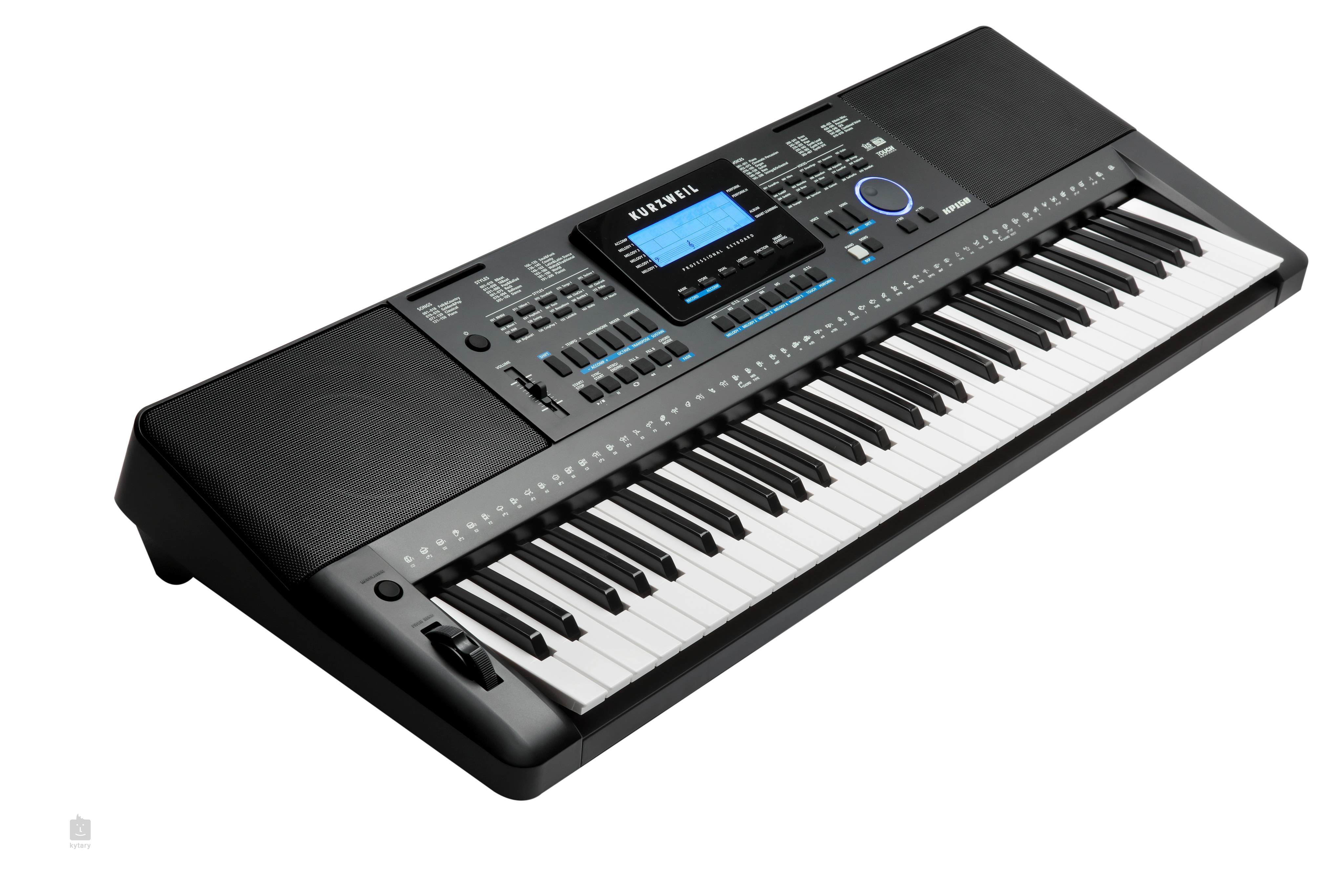

Handwrite notes for later retrieval by computer Type notes for later retrieval by computer Organize and record information using voice input and output (as opposed to writing or typing)
#KURZWEIL 3000 NO VOICES SOFTWARE#
#KURZWEIL 3000 NO VOICES PORTABLE#
Portable access to computer functions and resources

Provide real-time aural feedback of written text as student typesĬustomized visual presentation of text as well as read aloud Read aloud large volumes of straight text Screenreading - convert computer-based text to synthesized speech ViaVoice or Naturally Speaping used with additional software (under development).MathTalk (MetroPlex Voice Computing) w/ Naturally Speaking and Scientific Notebook (MacKichen)ĭisplay real-time transcript of instructor’s lecture.Type (and graph) correctly-formatted math equations Straight dictation: type what the student speaks Speech recognition - convert speech to computer-based text Examples of Assistive Technology Tools for Students with Learning Disabilities Based on Functional Need and Educational Context (vendor names in parentheses)Įxamples of Appropriate Assistive Technology Tools Any number of popular technology aids are available to students with learning disabilities, the selection of which is based on the adaptations required by a student’s unique educational circumstances. For a student who has difficulty organizing his or her thoughts sequentially in text while composing a paper, graphic outlining software can serve as a bridge to visual processing skills. For a student who has problems processing written text visually, a text-to-speech screenreader is a bridge between the written text and his or her ability to process information aurally. Assistive technology as a bridge between needs and abilitiesĪT can help bridge this gap by taking advantage of the student’s existing strengths and abilities. Rather, the most effective solutions are those that consider the student’s unique combination of abilities, preferences, and the nature of their academic coursework. The best accommodation, despite its lure and attractiveness, isn’t always the highest-tech one with all the bells and whistles. With the above considerations in mind, the authors present examples of a number of different technology accommodations that can benefit students with learning disabilities and illustrate how these are customized to suit the student’s preferences and circumstances. Student’s “Technology Quotient” (TQ) that is, his or her facility and comfort with using technology.Educational context (e.g., large lecture, seminar, laboratory, group project, online or web-based class, etc.).Academic plan and major including course work requirements.Specific impact of the learning disability on academic and other areas of functioning (e.g., reading, written language, math, study skills, memory, organization, social skiffs).Preferred learning style(s) or mode(s).

Type of learning strengths, abilities, and skills.Kind of learning disability a student has (e.g., dyslexia, dyscalculia, dysgraphia) along with its severity (mild, moderate, or severe).As a first rule of thumb it is important to fit the assistive technology to the student and not vice versa product selections are not a “one size fits all.” Other considerations pertaining to both the student and the particular instructional environment in which he or she requires assistance include the following: However, with the abundance of specialized hardware and software products on the market, how do students with learning disabilities determine what technology solutions are the most appropriate ones for them? At least a few general specifications can guide the selection of the “best fit” assistive technology tools for a student’s educational needs. These tools allow students greater independence in learning by customizing applications to maximize learning strengths and to minimize or circumvent specific learning weaknesses. Coupled with the application of universal design principles, new and different types of assistive technologies - many specifically designed for students with learning disabilities - are also becoming commonplace.


 0 kommentar(er)
0 kommentar(er)
